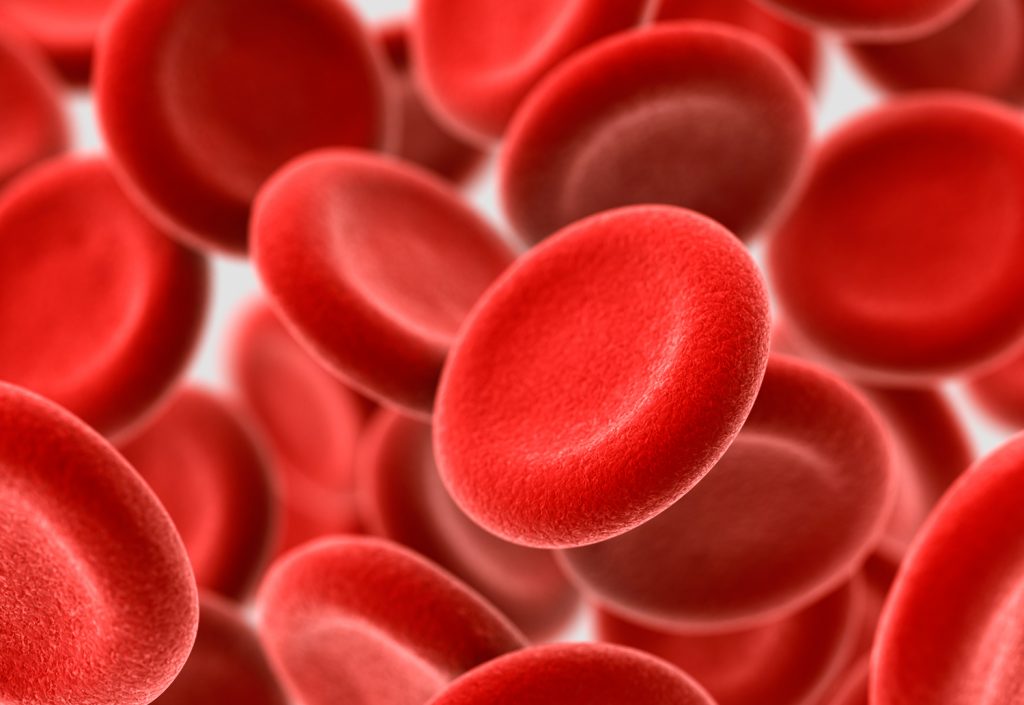What is Anemia?
Anemia is a common blood disorder. It is a condition when the body does not have enough red blood cells and is unable to deliver enough oxygen throughout the body.
Anemia is diagnosed by a low haemoglobin or hematocrit level in a blood test. The main protein in red blood cells is haemoglobin. It transports and distributes oxygen throughout your body. Your haemoglobin level will be low if you have anaemia. If it falls below a certain level, your tissues or organs may not receive enough oxygen.

Symptoms of anemia
Lethargic or tiredness are the most common symptoms of anemia. Other symptoms include pale skin, an irregular or fast heartbeat, shortness of breath, chest pain, headache, and light-headedness.
Types of anemia
Among the types of anemia are sickle cell anemia, iron deficiency anemia, thalassemia, aplastic anemia, and many more.
Each of these types of anemia has its own cause.
In conclusion,
anemia must be treated depending on the cause, ranging from taking supplements to having medical procedures.
Most importantly, anemia can be prevented by consuming a healthy and varied diet.
Iron-rich foods include boiled cockles, chickpeas, fried soy bean curd, liver, dried anchovies, bitter gourd, spinach, and kangkung.




